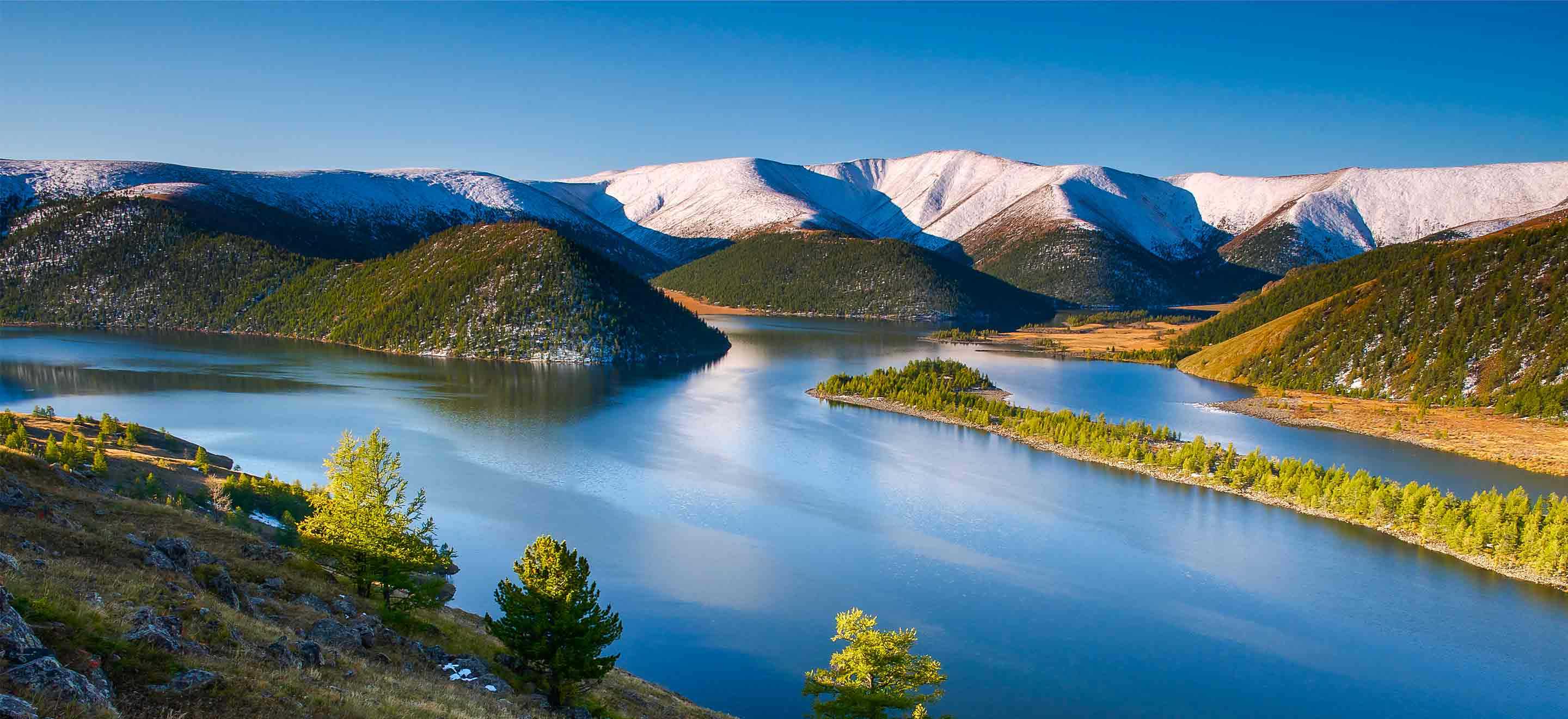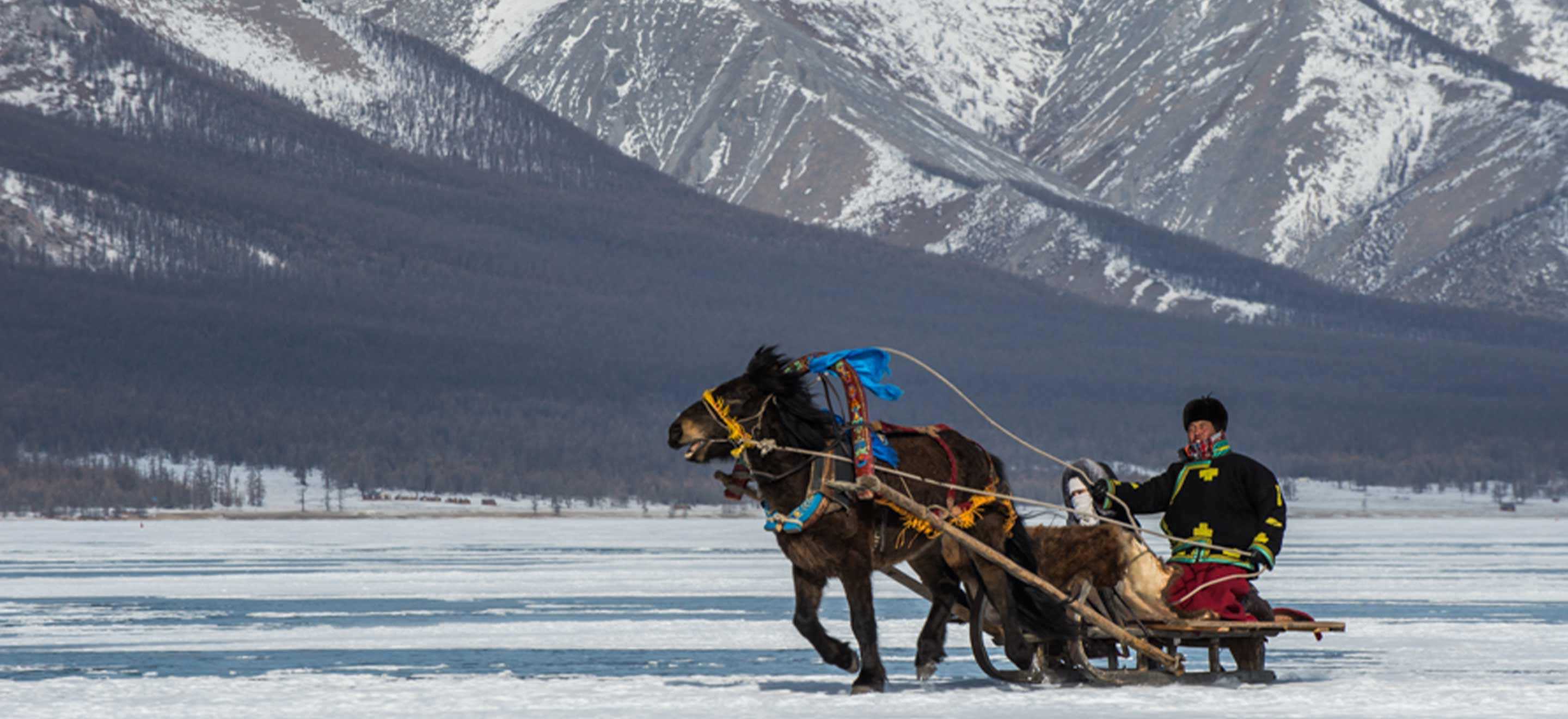
Mongolia: Where Culture Meets the Elements
Mongolia: Where Culture Meets the Elements
Mongolia's vast expanse is characterized by altitude, extreme temperatures, and a dry climate. Situated amidst the rugged terrain of the Gobi Desert, the country experiences a continental climate with harsh winters and brief summers, where most of the precipitation occurs. Despite the challenging conditions, Mongolia boasts an average of 257 days of sunshine per year, often finding itself at the core of a region of high atmospheric pressure. However, precipitation patterns vary across the country, with the northern regions receiving 20 to 35 centimeters of rain annually, while the southern areas, particularly in the Gobi Desert, receive a mere 10 to 20 centimeters. In the southeastern reaches of the Gobi, some areas scarcely witness rainfall, making them among the driest places on Earth.
During the winter months of January and February, temperatures plummet, with average daytime temperatures hovering around -20°C and nighttime temperatures dropping to a bone-chilling -40°C. Conversely, in the summer, temperatures soar, with the southern Gobi experiencing scorching days of up to 38°C, while Ulaanbaatar reaches highs of 33°C. The prevalence of permafrost covers more than half of Mongolia's territory, posing challenges to infrastructure development and mining activities. Rivers and freshwater lakes freeze over in winter, and even small streams become solid ice.
Ulaanbaatar, Mongolia's capital nestled in the Tuul River Valley, sits at an elevation of 1351 meters above sea level. Positioned in the relatively well-watered northern region, Ulaanbaatar receives an annual average rainfall of 31 centimeters, primarily concentrated in July and August. Despite the harsh climate, the city maintains an average annual temperature of -2.9°C, with the frost-free period lasting from mid-June to the end of August.
In the face of Mongolia's challenging climate, its resilient people have developed a rich nomadic lifestyle deeply intertwined with the natural environment. From herding livestock across the vast steppes to celebrating cultural festivals like Naadam, Mongolia's traditions endure against the backdrop of the Gobi's harsh beauty. For travelers seeking to experience the essence of Mongolian culture amidst the elements, a Mongolia tour package offers an immersive journey into this captivating land. With the assistance of Mongolia's best travel agency, adventurers can explore the country's diverse landscapes, savor its traditional dishes, and witness the vibrant spirit of its people, making Mongolia a truly unforgettable tour destination.

